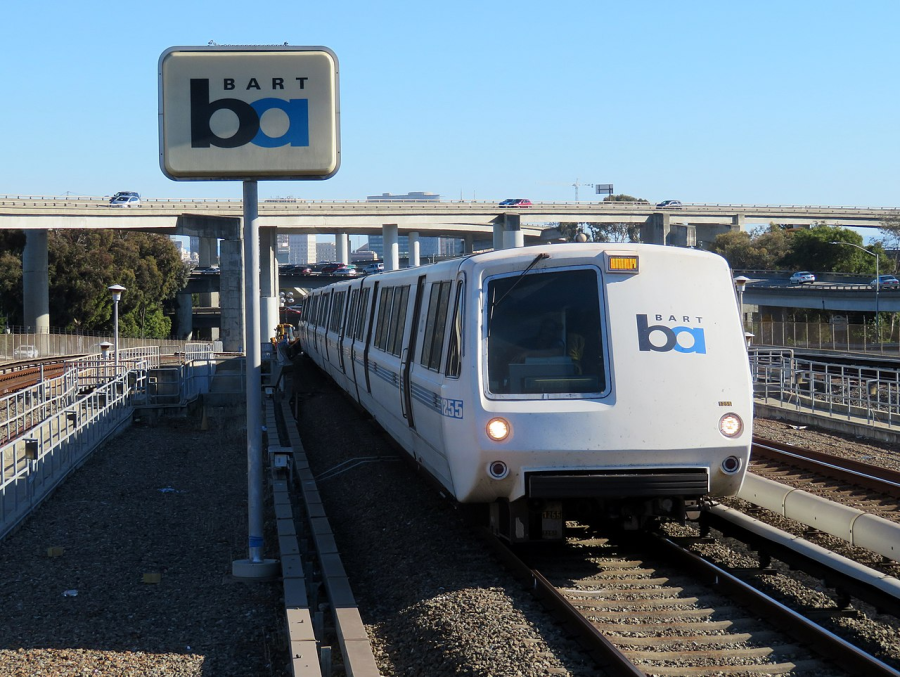BART unveils new plans to increase ridership. Here’s what it means for LAHS
A Bay Area Rapid Transit (BART) train approaching Walnut Creek station in October 2022.
Starting Monday, September 11th, the Bay Area Rapid Transit (BART) — a public transportation system serving the Bay Area, from Antioch to San Francisco to San Jose — will revamp its transit schedule in response to decreasing numbers of riders during COVID-19. The new schedule will add more trains during later hours and weekends, but may lengthen wait times throughout the system.
The changes in transit schedule are largely due to a loss of sales from COVID-19, when the percentage of people riding BART hit an all-time low. For BART, the loss in ridership caused a financial disaster; passenger fees covered just 21 percent of their yearly profits in 2022, compared to 66 percent in 2019.
There is one main reason why ridership is still down: the increasing prominence of working from home as the agency was mainly focused on serving people trying to get to their jobs in urban centers like San Francisco and Oakland.
Problems like these have made it increasingly difficult for BART to stay profitable. BART issued a direct and dire warning last Friday, May 26, warning that the transit system could face trouble if the state refuses to provide extra funding.
“If transit operations funding is not included in this year’s State budget, BART must begin making severe cuts to service and staffing as early as this year,” the press release said. “The State has the opportunity — and the power — to sustain BART, or let BART and the Bay Area economy fail.”
That failure, according to BART, could include limiting service to once an hour, not running trains on weekends or after 9 p.m. on weeknights and shuttering entire lines.
As an attempt to avoid those consequences and refocus the organization’s limited resources, BART will begin to invest further into service on nights and weekends while scaling back weekday services, potentially increasing wait times for some commuters on less-popular lines. The shift signals a newfound focus towards recreational travel within the Bay Area and away from workday commuting. For LAHS students who don’t use BART to commute on weekdays, the new schedule will make such recreational trips easier; for faculty and other people who commute using BART, it might make travel more difficult.
In the future, if BART gets the funding it needs, the LAHS community might be able to take even more advantage of BART. BART is expanding the system more widely into Silicon Valley, a project which they label the “Silicon Valley Phase II Project.” While stations opened in San Jose in 2020, the system will deploy BART throughout the South Bay over the next four years.
Those seeking to use public transportation can use the Valley Transportation Authority (VTA) bus route, which is easily accessible on San Antonio Road near LAHS and stops along local roads more frequently.




